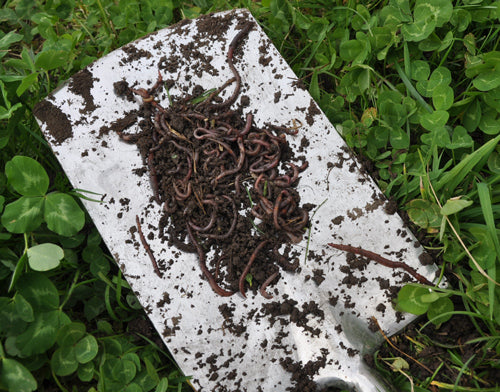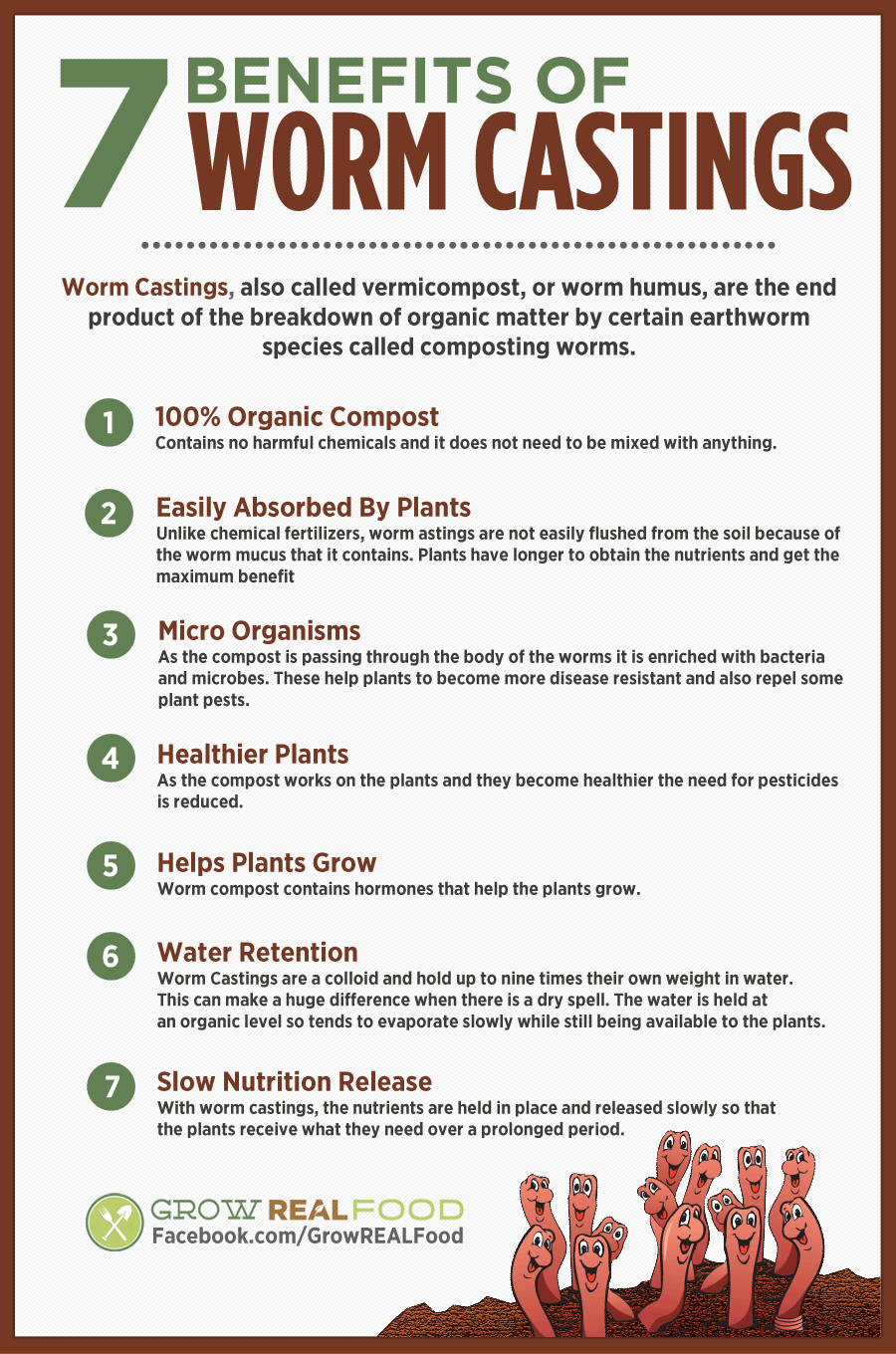North Carolina Worms for Dummies
Table of Contents6 Simple Techniques For North Carolina Worms4 Easy Facts About North Carolina Worms ShownThe Basic Principles Of North Carolina Worms The 7-Minute Rule for North Carolina Worms
Example: 1-gallon of worm castings to 4 gallons of potting mix. 1/2 cup in the base of the growing opening for smaller plants. 1 cup for bigger plants.
The addition of tea can additionally add increased microbial biomass to your dirt. You can always side-dress your plants with worm spreadings any time. Simply keep in mind, the microbes will pass away if subjected to UV rays (Sunlight), so make sure to cover the spreadings with an inch or so of dirt.
This baffled them for several years up until the screening methods progressed. They located that plant growth and wellness exhibited a Bell Contour. It would improve(with even more castings), degree off, and then decline. They were dumbfounded. They ultimately discovered that excess plant-growth hormones were the wrongdoer. Way too many worm castings would speed up the development to a speed that the plant might not recoup from.
Not known Factual Statements About North Carolina Worms
Many herbicides deal with this same principle. 20% by quantity seems to be the "Sugary food Area". I have expounded the virtues of worm castings for concerning 2000 words. What concerning the opposite side of the coin? Absolutely nothing is perfect. Worm castings are no various. It takes some time to produce high quality worm castings.
You can purchase them which leads to number 2. Worm spreadings definitely cost even more than chemical plant foods. Nevertheless, worm castings get on the less costly end of natural fertilizers. You will certainly have to decide what is more crucial. It is simple to produce tiny amounts of worm castings. (50 gallons each year) It is a much more challenging and very pricey financial investment to produce huge amounts of worm spreadings (Lake Hickory Bait).

Producing a healthy dirt may be the biggest benefit of worm spreadings. Healthy soil was discussed and just how essential this has actually become to everyone. The top 10 benefits of worm castings were additionally provided. We reviewed worm castings NPK and additionally the proper nutrient evaluation that should put on worm castings.
The Only Guide for North Carolina Worms
We chatted concerning some of the negative aspects linked with worm spreadings. I covered a whole lot of product in this post.
The vertical burrows are usually open, although the worms cap the top with deposit and excrement. Roots require oxygen for their growth, whereas they produce carbon dioxide that requires to leave the soil.
Earthworms increase porosity by 2 systems: (1) by creating irreversible burrows, and (2) by enhancing soil gathering. Aggregation is improved by the blending of soil and raw material in the earthworms' guts. North Carolina Worms. These very stable accumulations are deposited by some earthworms in their burrows, and by others at the surface area of the soil


In one more study, earthworms were estimated to consume 4 to 10 percent of the top 6 inches of the dirt each year. Soil compaction decreases the porosity of the soil.
An Unbiased View of North Carolina Worms
Common earthworm populaces can quickly consume 2 lots of completely dry matter per acre per year, partially digesting and blending it with soil. The importance of earthworms to blend surface deposit with soil becomes extremely clear in soils that do not have any kind of earthworms. The majority of our Pennsylvania dirts have at the very least some earthworms, and the impact of their complete lack, for that reason, can not be kept in mind.
(https://directory8.org/details.php?id=309173)In these soils, the formation of topsoil with reasonable organic issue content did not happen, leading to inadequate plant development. When the cause was established, the federal government of the Netherlands began a project to present earthworms. After the introduction of the earthworms, a dark topsoil layer was formed, and crop development raised considerably.
They live mostly from partially decomposed natural matter that is currently integrated in the soil. These varieties ingest huge quantities of soil that they blend with digested plant residue in their intestines.
Their burrows stay open, although they cap the leading with crop deposit that they pull to the entry. These types consume considerable amounts of dirt that they blend with absorbed residue in their intestines. Their excrement is largely deposited at the surface area of the soil. The nightcrawler Lumbricus terrestris is one of the most popular participant of this group.